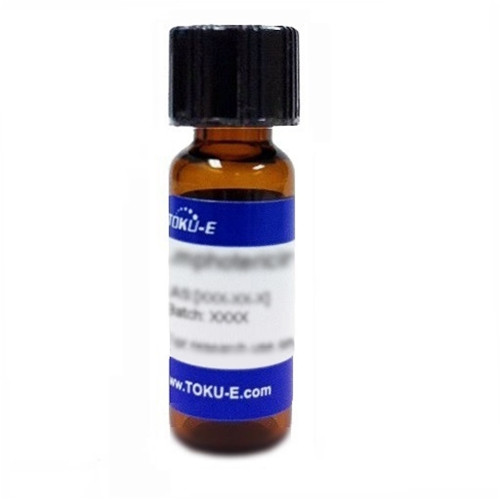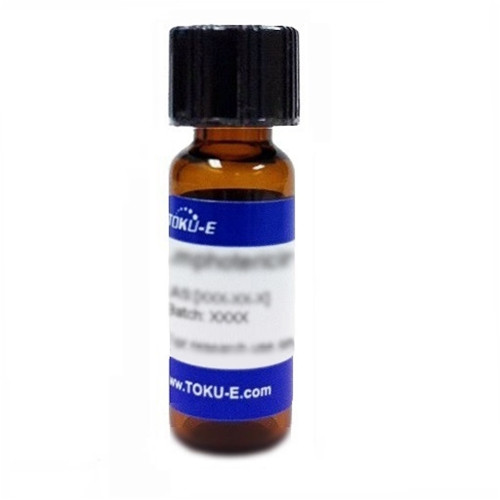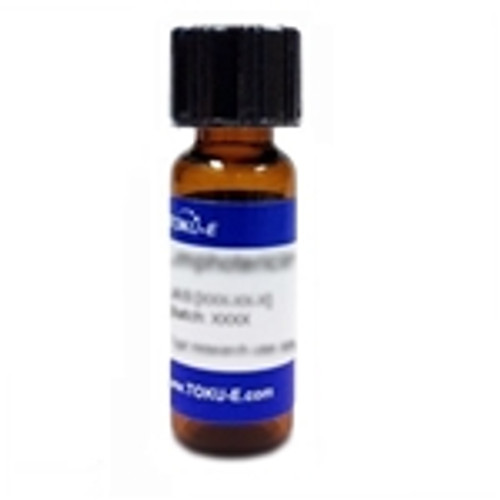L-Alanyl-L-Glutamine (alanylglutamine; Ala-Gln) is a synthetic glutamine dipeptide molecule, consisting of two amino acids, L-glutamine and L-alanine. It is used as an essential supplement in cell culture. It has better solubility and stability than its constituent amino acid, L-glutamine, which degrades to pyroglutamate, thus can be used as an alternative form. L-Alanyl-L-Glutamine reduces the level of ammonia generated during cell culture compared to L-glutamine. Therefore, it can serve as a superior source of amino acids in cell culture. L-Alanyl-L-Glutamine can also enhance monoclonal antibody production in cell culture, with the productivity depending on cell line and culture conditions. The compound is also used as an alternative to L-glutamine in biopharmaceutical production. It also has immunostimulatory properties.
L-Alanyl-L-Glutamine is soluble in water, and sparingly soluble in ethanol, DMSO and DMF.
| Mechanism of Action | While glutamine can generate ammonia when added to cell cultures grown at 37°C which impedes cell growth and productivity, L-Alanyl-L-Glutamine causes a reduction in ammonia production, and thereby can reduce the apoptotic ratio of cells grown in culture, causing beneficial effects. |
| Eukaryotic Cell Culture Applications | L-Alanyl-L-Glutamine can enhance monoclonal antibody production in cell culture, with the productivity depending on cell line and culture conditions. The addition of L-Alanyl-L-Glutamine (50 mM) to in vitro cultures of antibody-producing CHO cells promotes antibody production and reduces apoptosis when used at 50 mM (Imamoto et al, 2013). The addition of L-Alanyl-L-Glutamine (2mM) to insulin-secreting BRIN-BD11 β-cells protects against the inflammatory effects of exposure to lipopolysaccharide-treated primary macrophages (Cruzat et al, 2015). L-Alanyl-Glutamine has immunostimulatory activity. After addition of L-Alanyl-Glutamine (2 mmol/L), T-lymphocyte proliferation stimulated with mitogens and alloantigens increased significantly in a dose-dependent fashion. The stimulatory effects were partly attributed to enhanced cytokine production (Kircher et al, 2002). |
| Molecular Formula | C8H15N3O4 |
| References |
Cruzat VF et al (2015) Alanyl-glutamine improves pancreatic β-cell function following ex vivo inflammatory challenge. J. Endocrinol. 224(3): 261-271 PMID 25550445 Imamoto Y et al (2013) Advantages of AlaGln as an additive to cell culture medium: Use with anti-CD20 chimeric antibody-producing POTELLIGENT™ CHO cell lines. Cytotechnology 65(1):135-143 PMID 22695857 Kircher B et al (2002) The role of L-alanyl-L-glutamine in the immune response in vitro. Wiener Klinische Wochenschrift. 114(15-16):702-708 PMID 12602115 Roth E et al (1988) Influence of two glutamine-containing dipeptides on growth of mammalian cells. In Vitro Cell Dev. Biol. 24(7):696-698 PMID 3397369 |








